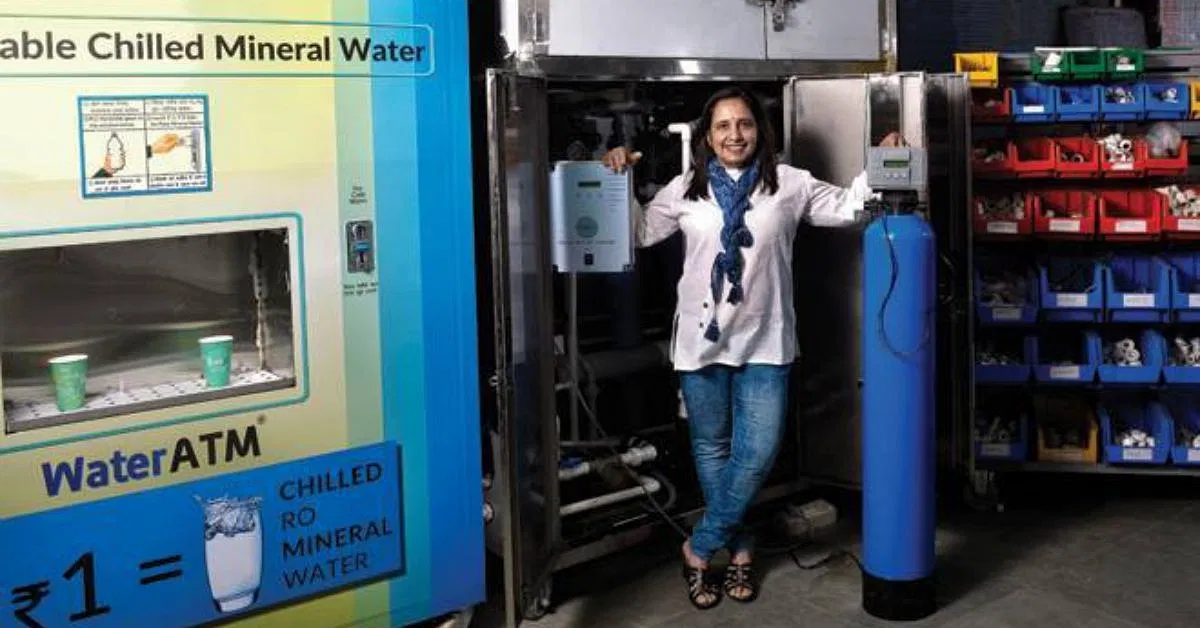
This article is created by The Better India and sponsored by Wingify Earth.
Professor S Dasappa from IISc has developed a technology to produce hydrogen gas from biomass through a sustainable method. Here's how it can help fulfil India's growing hydrogen demand.
Within the portals of the Indian Institute of Science — one of the top-ranked universities in the country, a one-of-a-kind research technology has emerged.
It is now possible to obtain hydrogen gas using biomass as an energy resource. The research was spearheaded by professor S Dasappa who heads the Interdisciplinary Centre for Energy Research at the institute.
Interesting to note is the sustainability quotient of this new technology in contrast to the conventional one, and how it can impact India’s hydrogen requirements.
What is green hydrogen?

The oxy-steam gasification system at the Combustion, Gasification and Propulsion laboratory (CGPL), IISc, Picture credits: IISC
The traditional method of producing hydrogen gas is by taking the steam-methane reforming route. In this method, natural gas comprising methane reacts with steam under the conditions of high temperature (700 to 1,000 degrees Celsius) and pressure (3 to 25 bar).
The reaction yields hydrogen gas along with carbon monoxide and carbon dioxide.
Following this, a water gas shift reaction takes place, wherein carbon monoxide reacts with steam to yield carbon dioxide and hydrogen gas. The impurities along with carbon dioxide are then removed from the mix using pressure swing adsorption, leaving only hydrogen gas behind.
However, this conventional route necessitates a lot of heat and is cumbersome.
S Dasappa’s new technology operates in a slightly different manner. The two-step reaction is a “highly efficient method of generating green hydrogen,” said IISc in a statement.
The first step yields a hydrogen-rich fuel gas mixture from biomass while the second step yields pure hydrogen in a low-pressure gas separation unit. The institute went on to highlight that the reaction was able to produce 100 g of hydrogen from 1 kg of biomass, even though only 60 g of hydrogen is present in 1 kg of biomass.
A boon for India’s green goals
According to research by NITI Aayog, “Hydrogen demand in India could grow more than fourfold by 2050, representing almost 10 per cent of global hydrogen demand”. In addition, the paper postulated that the adoption of green hydrogen will also result in 3.6 Gigatonnes of cumulative CO2 emission reductions between 2020 and 2050.
In light of these figures, Dasappa says his technology can be put to use in the steel industry to decarbonise steel as well as to manufacture green fertilisers in agriculture.
“The same platform can be used for methanol and ethanol production,” S Dasappa was quoted saying as he elaborated on other uses of this technology.
While the project was supported by the Ministry of New and Renewable Energy and the Department of Science and Technology of the Government of India, the Indian Oil Corporation Limited will be closely involved in scaling up the technology to produce 0.25 tonnes of hydrogen per day for use in hydrogen-powered fuel cell buses.
Sources
Generating green hydrogen from biomass, an abundant renewable energy source by IISC.
Harnessing Green Hydrogen by NITI Aayog.






Leave A Comment
Your email address will not be published. Required fields are marked.